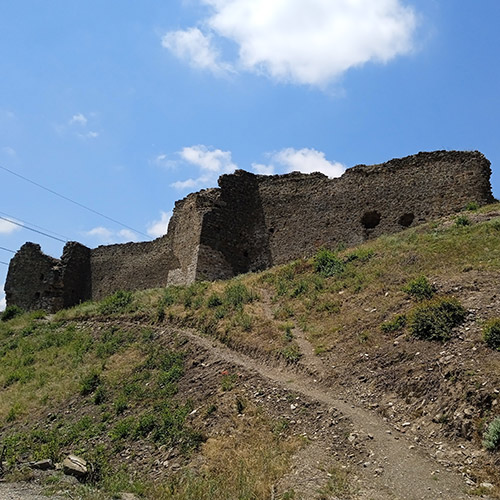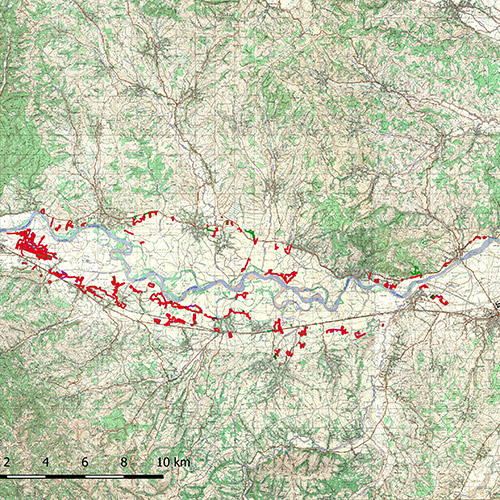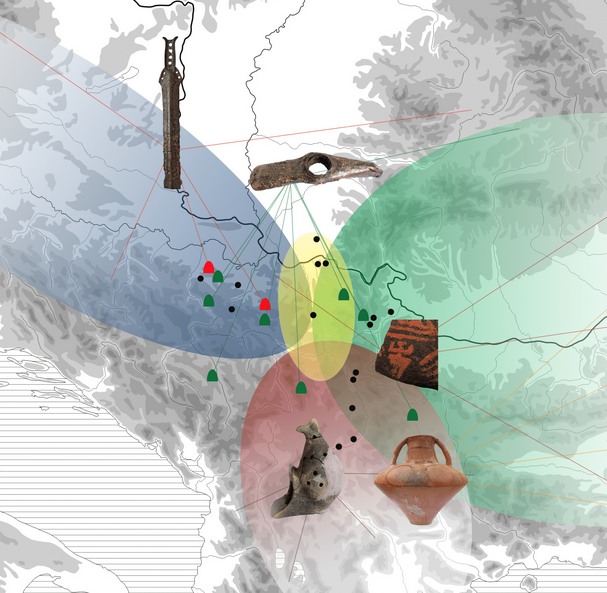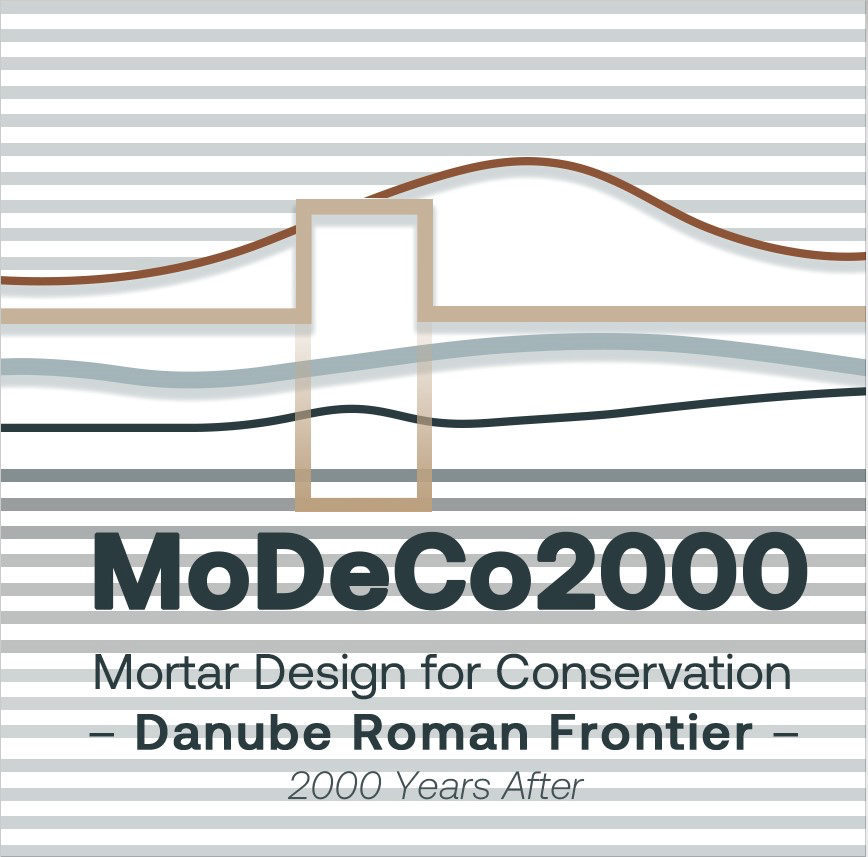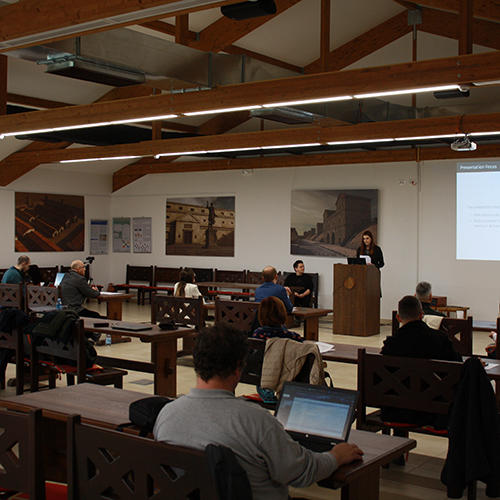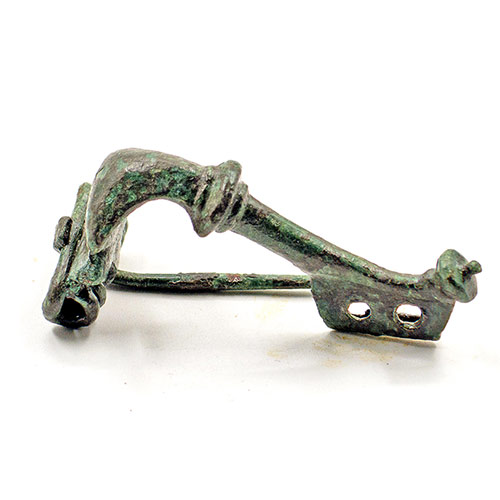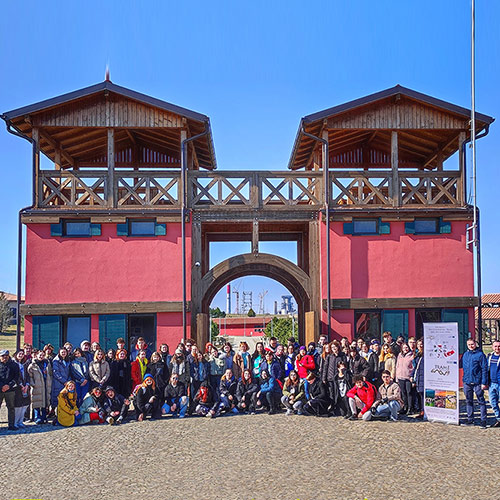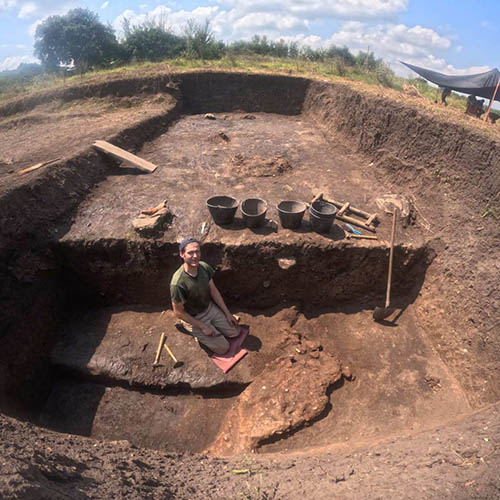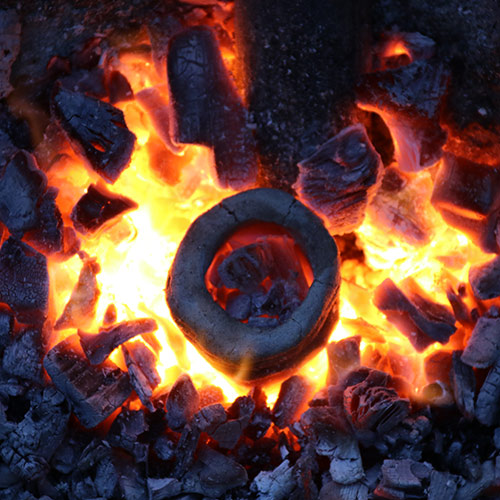Fortress Koprijan
The Medieval fortress Koprijan, also known as Kurvingrad, is situated in the village of Malošište within the municipality of Doljevac (southern Serbia). Positioned on the slopes of Mount Seličevica, above the right bank of the South Morava, near the mouth of Toplica, the Koprijan fortress held a great strategic position. Situated above the Kurvingrad gorge and
Archaeological Surveys of the Western Morava Lower Course
The three-year survey project has been conducted between 2018 and 2020, primarily aiming at the understanding of settlement patterns and resource use in the Western Morava region throughout different periods, and particularly during the Middle Ages.
SEADDA
This project deals with archaeological databases throughout Europe that are considered to be available to everyone (free access), but that are not preserved or stored in an appropriate way. Considering the sensitivity of digital data, as well as the impossibility of restoring most archaeological research, there is a real danger that in the so-called Digital Dark
Садике за приходност
The Institute of Archaeology, as a partner institution that reaches young people, invited the Archaeological Student Club to take part in the project. The result of the project is a new experience for young people in organizing a thematic event related to cultural heritage and the revival of history, with eight completely newly conceived and implemented
Glac project
The archaeological site of Glac is located along the Sava river, 4 kilometres from Sremska Mitrovica, on the road to the village of Jarak. In Late Antiquity, this space was on the outskirts (suburbium) of one of the capitals of the Roman Empire – Sirmium.
TRAME – TRACCE DI MEMORIA
The essence of this project is the dynamic relationship between the roles of identity and diversity, as well as cultures that have changed due to the acceptance of elements from other cultures. This project will allow high school students to discover and understand the value of cultural differences through the heritage left by peoples who once
NEOTECH (Neolithic Technological Trajectories in the Balkans)
An international team of experts from Serbia, Austria, Germany, and Great Britain, together with numerous collaborators from both domestic and international locations, are dedicatedly engaged in researching the site, employing the latest methodological principles and standards.
Jadar Project
The multidisciplinary project, known as the Jadar project, focusing on archaeological research of settlement systems, burials, and mineral resources in the Bronze Age of north-western Serbia, has been ongoing since 2011, through the collaborative efforts of the Institute of Archaeology from Belgrade, Serbia, and Brooklyn College of the City University of New York, USA.


